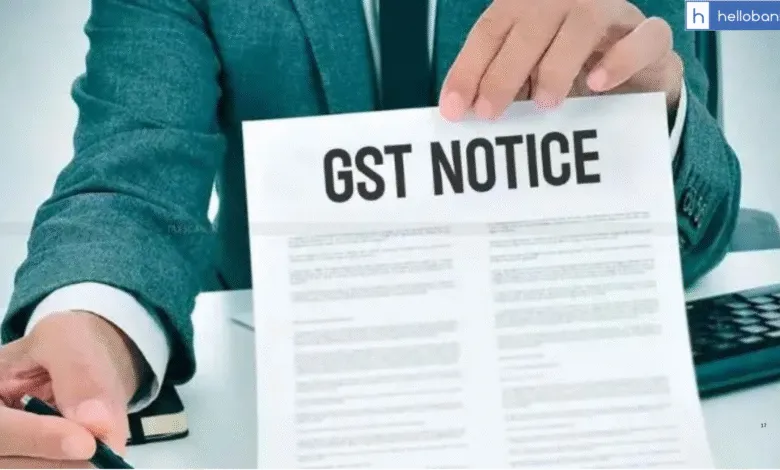
| Get instant news updates: Click here to join our Whatsapp Group |
The Karnataka High Court has taken a significant step to ensure better communication between the Goods and Services Tax (GST) department and taxpayers. The court has directed the GST department to set up a proper tracking system for email notices sent to taxpayers. This system should be able to confirm whether the email notice was delivered, when it was opened, and whether it was read by the receiver.
Background of the Case
In this case, a taxpayer (referred to as the assessee or petitioner) approached the High Court, challenging the GST orders passed under Section 73 of the Central Goods and Services Tax (CGST) Act, 2017. The orders were related to the period April 2020 to March 2021.
The taxpayer argued that the GST department had passed the orders without sending any notice. According to the law, such notices are mandatory before an order can be passed.
What the GST Department Claimed
In response, the GST department said that it had sent the notice via email on 29th November 2024 and had also sent a reminder on 30th December 2024. However, since the taxpayer did not respond or appear, the department went ahead and passed the order.
But the department also admitted that there is no system in place to confirm whether the email was actually delivered, opened, or read by the taxpayer.
Court’s Observation and Decision
Justice Suraj Govindaraj, who heard the matter, pointed out a critical issue: the GST department cannot simply assume that an email has been received unless they have proof that the email was delivered and read. He said that such issues can lead to unfair treatment of taxpayers, especially if they truly did not receive the notice.
Therefore, the court directed the department to develop a proper system to track email notices, including:
- Proof of delivery
- Time and date of opening the email
- Whether the email was read
This system would help avoid disputes where the department claims to have sent a notice but the taxpayer denies receiving it.
Court’s Final Order
In view of these issues, the High Court quashed (cancelled) the GST orders passed against the taxpayer. It also sent the case back to the Assistant Commissioner of Commercial Taxes for a fresh hearing.
The court directed the taxpayer to appear before the Assistant Commissioner and submit a proper reply when given the opportunity.
This case highlights an important issue in the digital communication process of government departments. When legal notices are sent by email, there must be a way to track and confirm receipt, just like in physical mail. Without such systems, taxpayers may be wrongly penalized.
The court’s direction is a step forward for transparency and fairness, ensuring that taxpayers are properly informed and given a chance to present their case.
